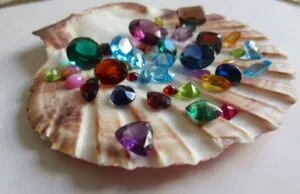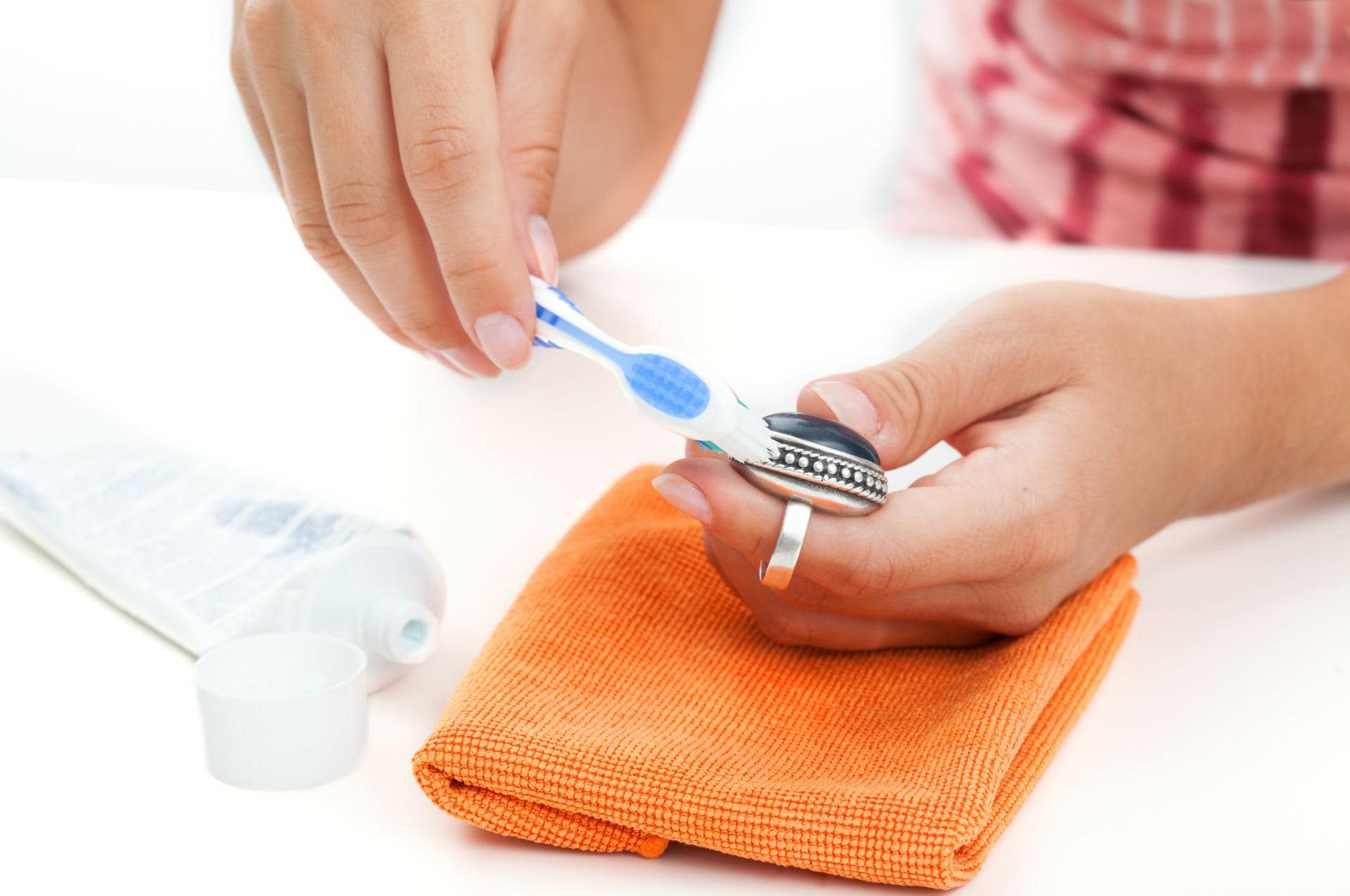
Table of Contents
Silver-plated jewelry, known for its luster and attractiveness, faces the common issue of tarnishing over time due to reactions with moisture and air. Maintaining the original shine of these pieces requires careful cleaning and care, especially since the silver layer is delicate.
Let’s take a look at some effective methods to clean and preserve silver-plated jewelry, helping you remove tarnish and protect the silver layer from damage.
Soap and Water
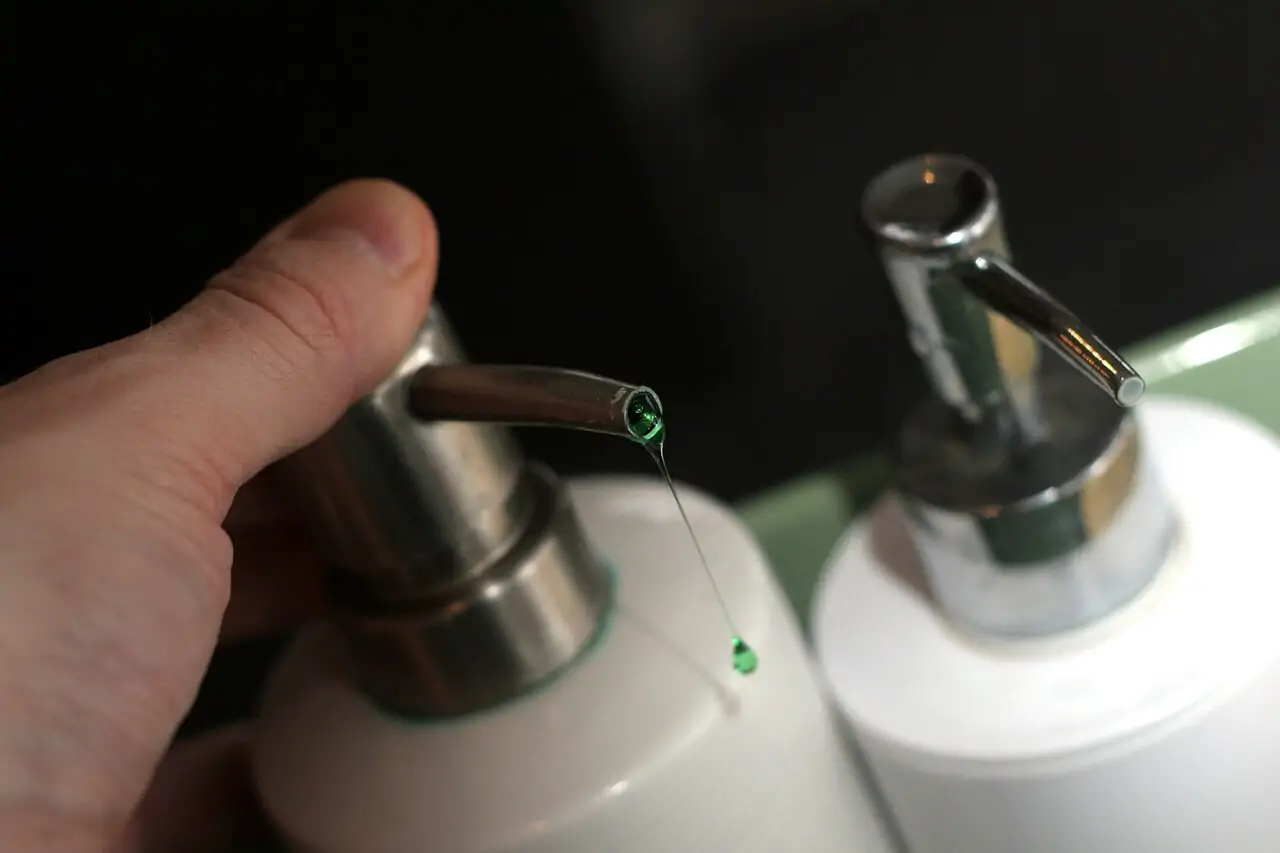
To clean tarnished silver-plated items effectively, mix mild liquid soap with warm water in a container to create a foamy mixture. Soak the silver-plated jewelry in this mixture for a few minutes to loosen dirt and tarnish. After soaking, rub the jewelry with a soft cloth to clean all surfaces thoroughly.
Use a soft-bristled toothbrush for cleaning intricate grooves or engravings. Next, rinse the items in warm water to eliminate soap residue. Dry the jewelry completely with a lint-free cloth.
Make sure the jewelry is dry before storing it, to avoid further tarnish or damage. This process is a straightforward and safe way to keep your silver-plated jewelry shiny and beautiful.
Jewelry Polishing Cloth
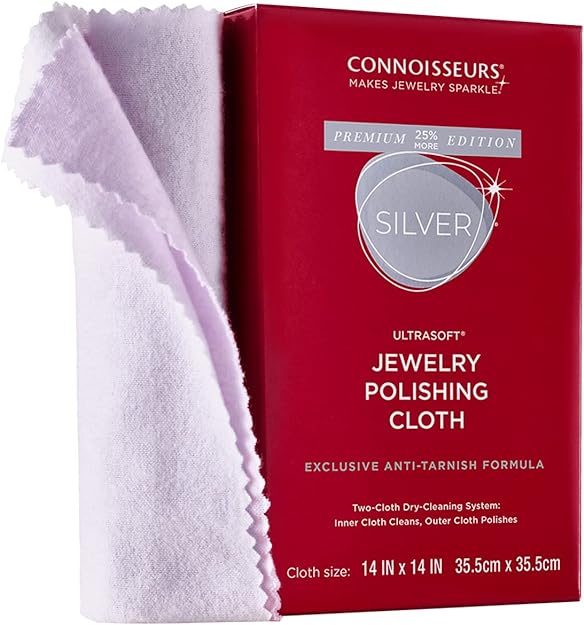
A jewelry polishing cloth, treated with cleaners and anti-tarnish agents, is safe for delicate jewelry. Start by rubbing the jewelry gently with the cloth, moving back and forth instead of in circles to prevent scratches. The cloth’s treatment helps remove tarnish and dirt, making the jewelry shine.
Focus on detailed or textured areas where tarnish can build up. You may see black marks on the cloth as you rub; this shows it’s working to remove tarnish. Be careful not to use the cloth on gemstones or non-silver parts, as it could harm them.
After polishing, check the jewelry to make sure you’ve cleaned every part. A silver polishing cloth is a handy tool for keeping silver-plated jewelry bright and free of tarnish.
Baking Soda
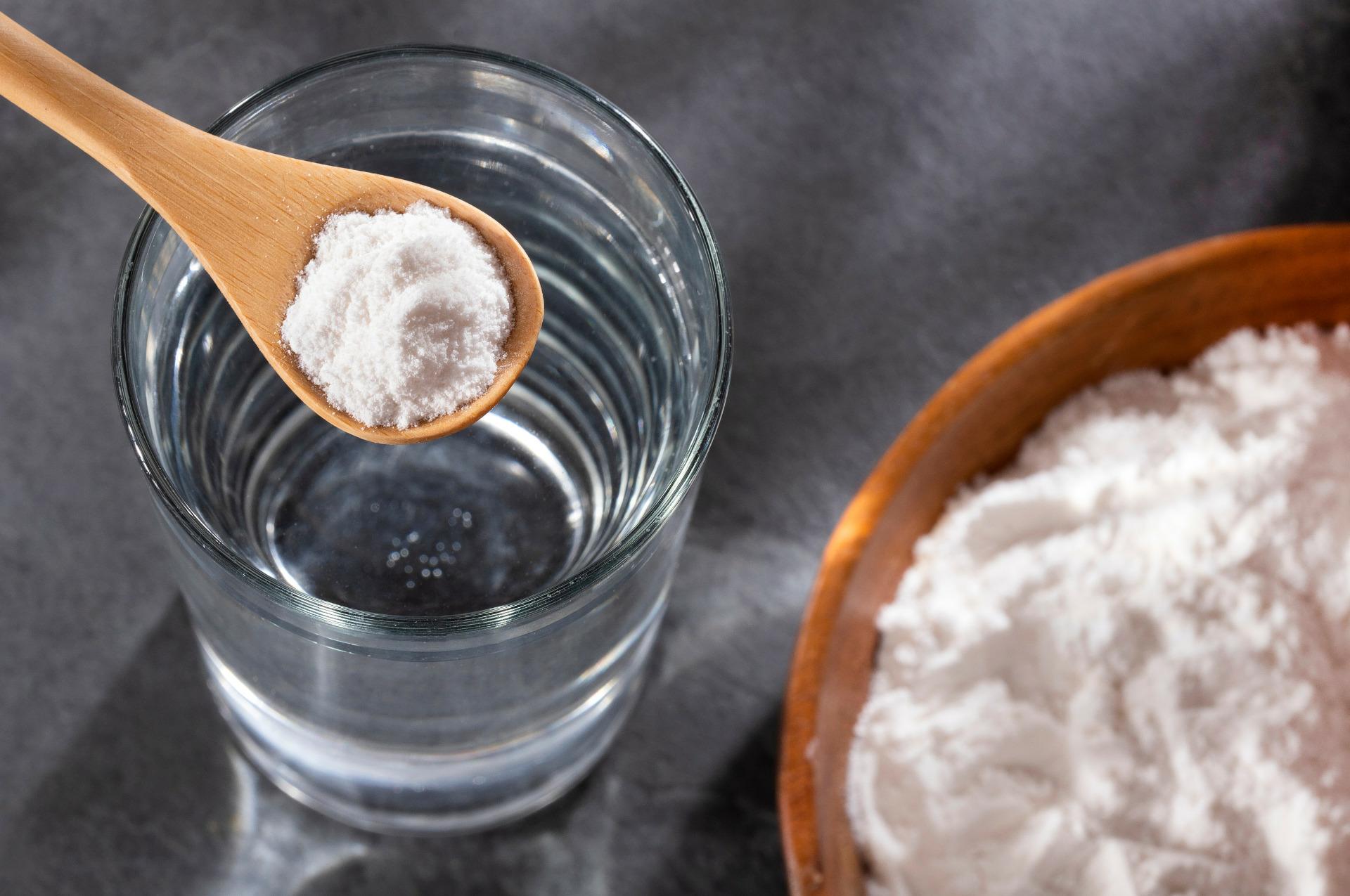
Mix baking soda with water to form a thick paste. Then, using a soft cloth or sponge, gently apply this paste to the tarnished jewelry. This approach is effective for tough tarnish that soap and water can’t remove. Rub the paste in light, circular motions to cover the jewelry evenly without scratching the silver.
After cleaning, rinse the jewelry with clean water to get rid of any leftover paste. Make sure to dry the jewelry completely to prevent new tarnish. Use this baking soda method only when necessary, as too much scrubbing or frequent use can scratch and wear down the silver plating. It’s best for deep cleaning silver-plated jewelry that needs extra care.
White Vinegar and Baking Soda
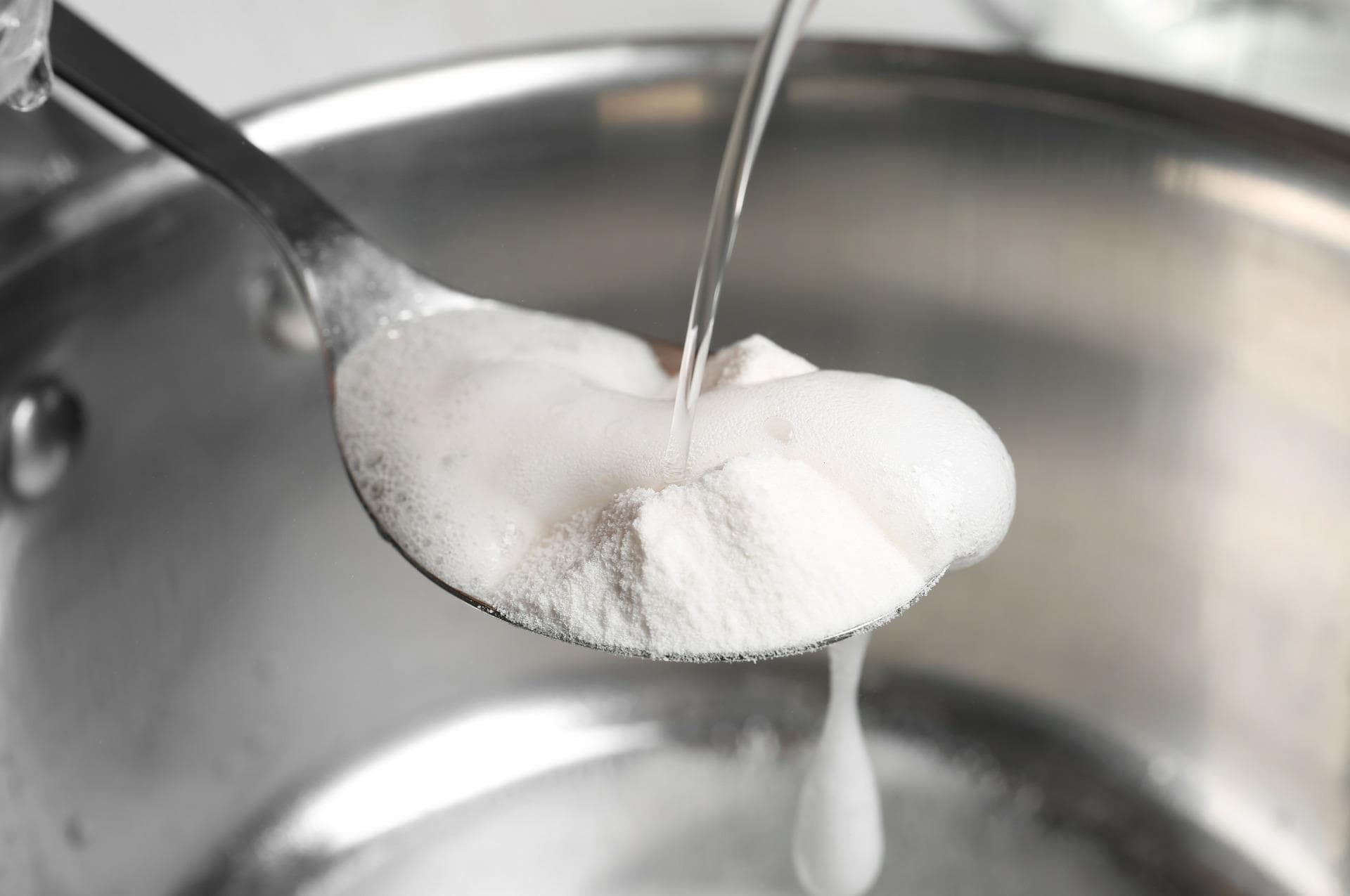
This method creates a mild chemical reaction that helps loosen tarnish. Start by adding white vinegar to a bowl and then mix in baking soda gradually. You’ll see fizzing, which means the mixture is ready. Soak the tarnished jewelry in this solution.
Let it sit for a while to let the mixture break down the tarnish. After soaking, rinse the jewelry thoroughly with clean water to remove any mixture left on it. Then, dry the jewelry completely, as any remaining moisture can cause more tarnish.
This white vinegar and baking soda method is safe and gentle for your silver-plated jewelry, helping to bring back its shine. However, use it carefully to avoid damaging the silver plating with too much exposure.
Lemon Juice and Olive Oil
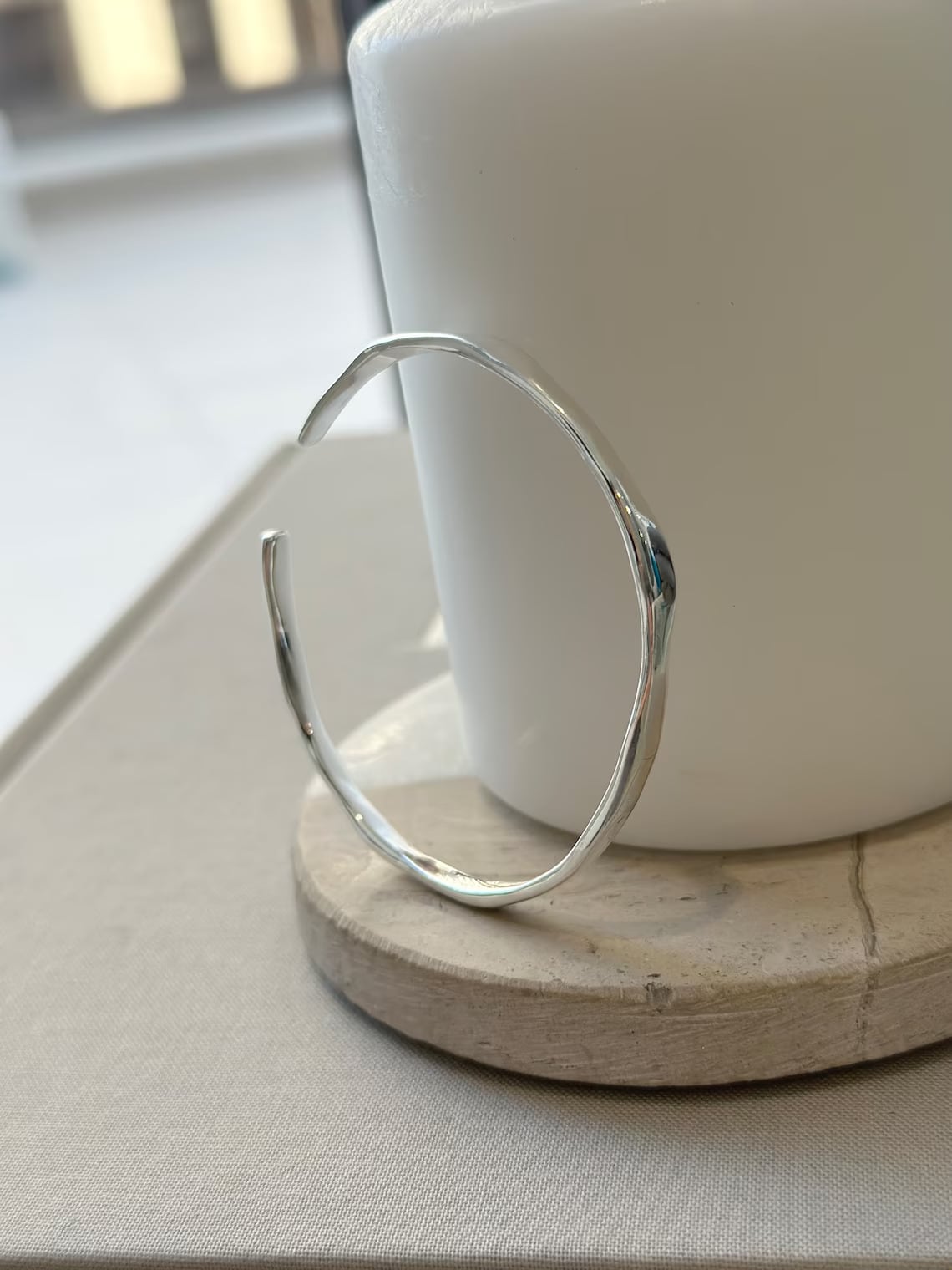
To clean and polish silver-plated jewelry naturally, mix lemon juice and olive oil in equal parts in a bowl. Lemon juice, a mild acid, helps remove tarnish, and olive oil adds a protective shine. Soak a small, soft cloth in this mixture, making sure it’s lightly dampened.
Gently rub the silver-plated jewelry with this cloth, focusing on tarnished spots. This action lifts the tarnish without scratching the silver. Once you’ve cleaned the jewelry well, rinse it under warm water to wash off any lemon and oil. Then, dry it completely with a clean cloth.
This step prevents water spots and further tarnishing. Using lemon juice and olive oil is a safe, eco-friendly way to maintain the shine of your silver-plated jewelry. Be gentle during the cleaning to keep the jewelry in good condition.
Toothpaste
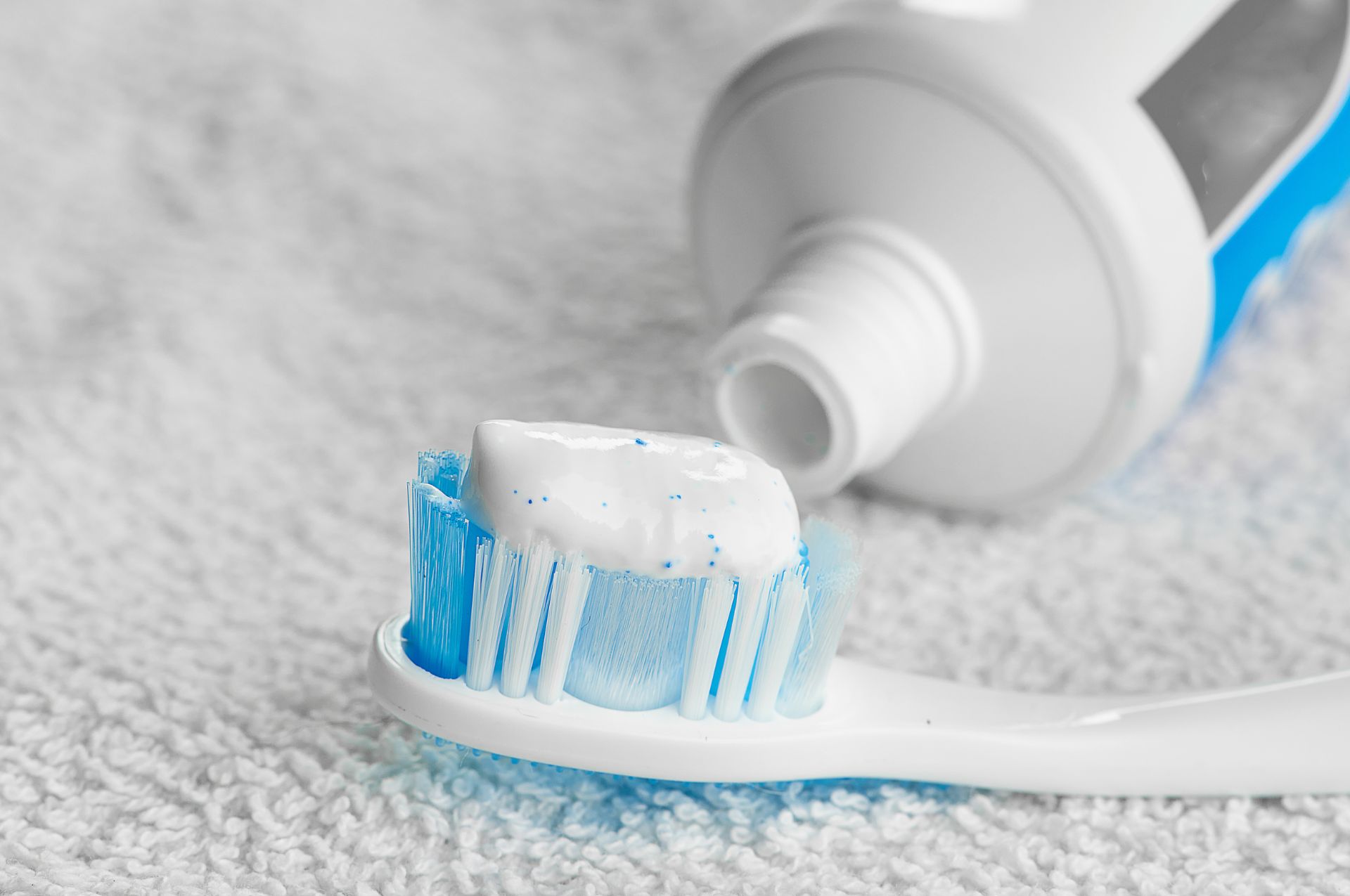
Toothpaste, a common item in most homes, works well for cleaning silver-plated jewelry in a pinch. Its mild abrasive quality helps remove tarnish gently. Start by applying a small amount of non-gel toothpaste to a soft cloth or a soft-bristled brush.
Use the cloth for overall cleaning and the brush for detailed areas. Rub the toothpaste onto the jewelry using a polishing motion. The toothpaste’s abrasive particles will lightly scrub off tarnish, revealing the shine underneath. After rubbing, rinse the jewelry well under water to remove all the toothpaste. Dry the jewelry completely to avoid any future tarnishing.
Remember, toothpaste should only be used occasionally for cleaning silver-plated jewelry. Its abrasive nature is helpful for removing tarnish but can also scratch or wear down the silver plating if used too often. Use this method sparingly, as a quick way to add some shine to your favorite pieces.
Taking Care of Silver-Plated Jewelry
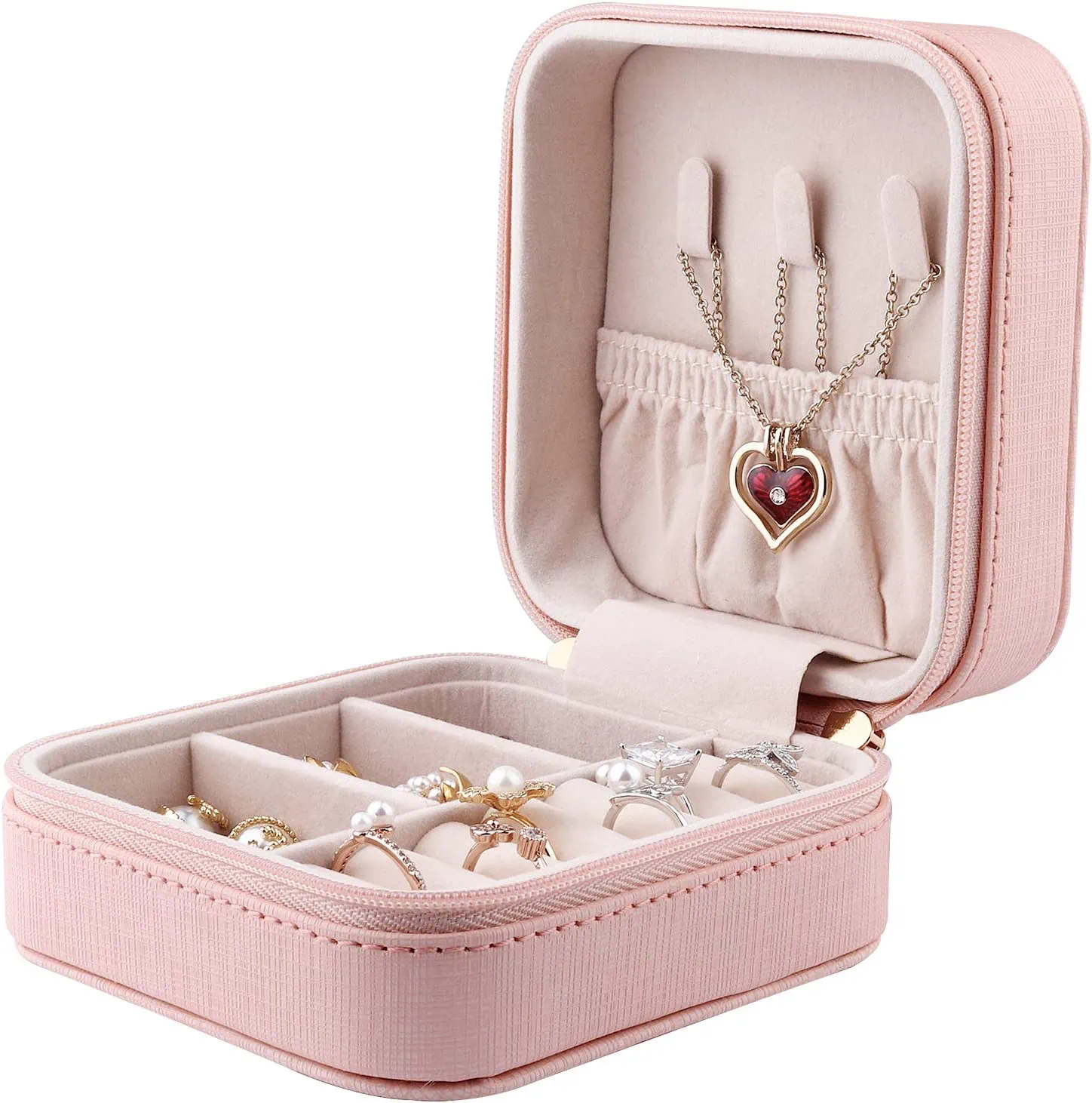
Taking care of silver-plated jewelry is essential to maintain its luster and prolong its life. Here are some useful tips:
- Keep the jewelry dry: Always remove your silver-plated jewelry before bathing, swimming, or washing hands. Moisture can cause tarnishing and damage the plating.
- Avoid exposing it to chemicals: Keep your jewelry away from chemicals like perfume, lotions, and hair products. Apply these products before putting on your jewelry.
- Store properly: Store silver-plated jewelry in a cool, dry place. Use anti-tarnish bags or a jewelry box with a soft lining to prevent scratches and tarnishing.
- Clean it regularly: Clean your jewelry regularly with a soft cloth to remove any oils or dirt. For a deeper clean, use appropriate cleaning methods like a silver polishing cloth or mild soap and water.
- Wear it with care: Be mindful when wearing silver-plated jewelry. Avoid activities that may scratch or damage the plating.
- Put your silver-plated jewelry on last: When getting dressed, put your silver-plated jewelry on last to avoid contact with clothing that could snag or scratch it.
- Polish your jewelry gently: Use a special silver polishing cloth to gently polish your jewelry. Avoid abrasive materials that can scratch the silver plating.
- Check for repairs: Regularly inspect your jewelry for any signs of wear or damage. If the silver plating is wearing off, consider having it re-plated by a professional.
- Avoid exposing it to humidity: Keep your jewelry away from humid areas, as humidity accelerates tarnishing.
- Separate from other metals: Store silver-plated jewelry separately from other metals to prevent scratches and reactions between different metals.
Wrapping Up
Silver-plated jewelry, blending elegance and affordability, is a favorite for those who love silver’s look but prefer a more budget-friendly option. Its versatility and classic style fit both everyday and special occasions.
Knowing how to care for and regularly maintain these pieces will help keep their beauty and charm intact. This way, your silver-plated jewelry will continue to add sophistication to your collection for many years.







